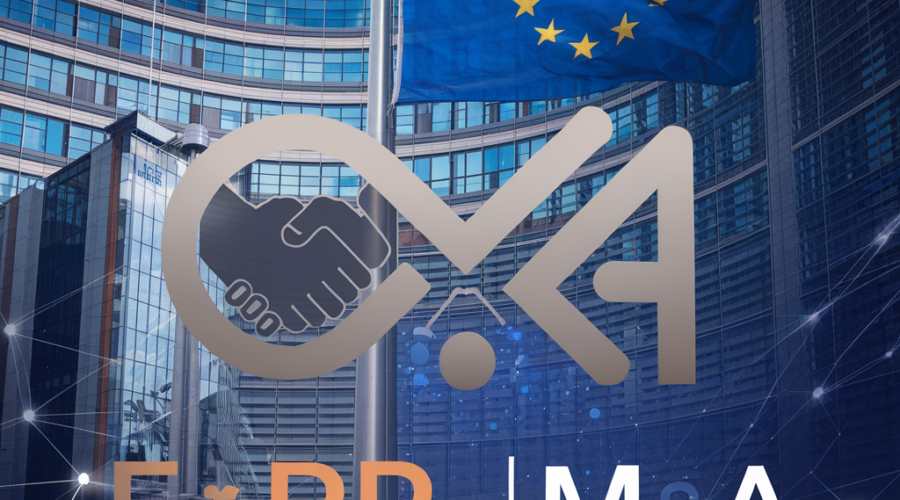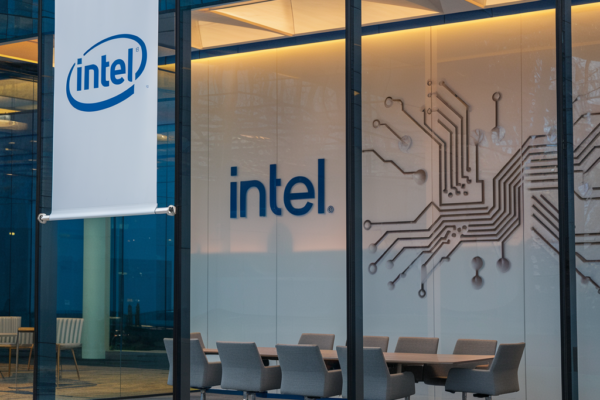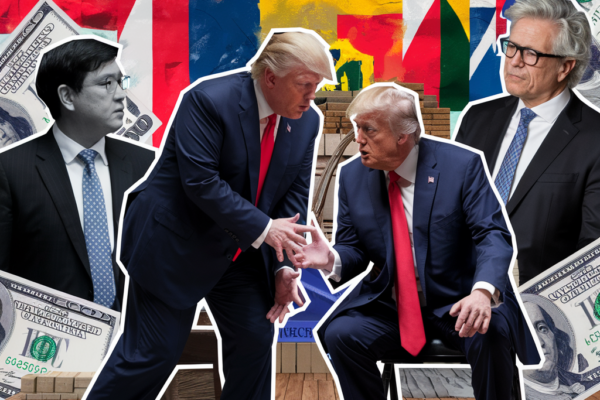The European Commission’s first conditional approval under its Foreign Subsidies Regulation (FSR) has sent shockwaves through global M&A circles. The September 2024 decision to greenlight Emirates Telecommunications Group’s (e&) acquisition of PPF Telecom Group BV – contingent on unprecedented remedies – establishes a new playbook for cross-border deals involving state-backed entities. This landmark ruling comes as EU policymakers grapple with competing priorities: fostering domestic champions through strategic consolidation while preventing market distortion from foreign subsidies. The telecom sector’s experience now serves as a harbinger for broader industry impacts, with dealmakers across technology, energy, and infrastructure reassessing transaction strategies in light of heightened regulatory scrutiny[1][5][7].
The e&–PPF Telecom Case: A Regulatory Watershed
Transaction Structure and Competitive Concerns
The €2.1 billion partial acquisition saw UAE state-controlled e&, through its sovereign wealth fund Emirates Investment Authority (EIA), target PPF’s operations across five Central European markets. European Commission investigators identified two primary subsidy mechanisms: an unlimited state guarantee from the UAE government and preferential financing from UAE-controlled banks[1][7]. These financial instruments enabled e& to present acquisition terms that EU-based competitors could not match through conventional market financing – a distortion mechanism explicitly targeted by the FSR’s Article 5[3][7].
Remedial Measures and Market Impact
To secure approval, e& accepted stringent behavioral remedies including: (1) annual reporting on EU subsidiary financing arrangements; (2) firewall protocols preventing UAE subsidy transfers to European operations; and (3) mandatory third-party audits of infrastructure investment commitments. These conditions aim to prevent cross-subsidization while ensuring PPF’s existing network upgrade timelines remain intact[5][7]. Market analysts note the remedies create operational complexity that could deter similar state-backed acquisitions, particularly in strategic infrastructure sectors[9][13].
Redefining the Regulatory Playbook
FSR’s Expanding Enforcement Reach
The Commission’s decision establishes three critical precedents: First, it confirms that corporate structures benefiting from implicit state guarantees (through sovereign wealth fund ownership) fall under FSR jurisdiction. Second, it applies the regulation to partial acquisitions with minority stakes. Third, it demonstrates willingness to intervene in transactions below traditional antitrust thresholds if subsidy distortion risks exist[3][7][13]. This triples the regulatory burden for non-EU acquirers, requiring simultaneous navigation of merger control, foreign investment screening, and FSR compliance[6][9].
Balancing Test Interpretation
Notably, the Commission rejected e&’s argument that infrastructure investment commitments constituted offsetting benefits under the FSR’s balancing test. Officials maintained that only direct, transaction-specific benefits could counterbalance subsidy distortions – a strict interpretation that limits acquirers’ ability to leverage broader economic development promises[3][7]. This positions the FSR as fundamentally different from merger control regimes where public interest considerations sometimes outweigh competition concerns[4][8].
Industry Sector Implications
Telecom Consolidation Under Scrutiny
The decision arrives amid heated debates about EU telecom consolidation. While the Commission approved T-Mobile’s Tele2 Netherlands acquisition in 2023, recent statements from Competition Commissioner Margrethe Vestager emphasize that “no magic number” of market players guarantees effective competition[2][6]. The e&–PPF case introduces new complexity, as telecom operators seeking cross-border scale must now demonstrate both antitrust compliance and subsidy-neutral financing – a dual hurdle particularly challenging for state-backed Asian and Middle Eastern investors[8][10].
Broader Cross-Sector Impacts
Energy and transportation sectors face similar challenges. Chinese EV manufacturers expanding European production capacity through subsidized acquisitions now risk FSR interventions, as do Gulf sovereign funds targeting renewable energy assets. The regulation’s low financial thresholds (€50 million in EU turnover) ensure even mid-market transactions face scrutiny if involving state-connected buyers[7][9][13]. Early 2025 data shows a 22% decline in non-EU acquisitions of European infrastructure assets compared to 2024 levels, suggesting a chilling effect[12][13].
Strategic Considerations for Dealmakers
Pre-Transaction Risk Mitigation
Leading consultancies recommend three-pronged strategies: First, comprehensive subsidy audits of acquisition financing structures, particularly when involving state-affiliated entities. Second, early engagement with DG COMP during pre-notification phases to test remedy options. Third, contingency planning for extended Phase 2 investigations – the e&–PPF case’s six-month review period sets a new benchmark for complex FSR evaluations[5][7][10].
Financing Structure Innovations
Investment banks report surging demand for “FSR-compliant” financing vehicles that ring-fence EU operations from non-EU parent company support mechanisms. These include standalone SPV structures with independent credit ratings and escrow arrangements for infrastructure investment commitments. However, such structures add 15-20% to typical transaction costs, potentially reshaping deal economics in margin-sensitive sectors[9][13].
Policy Debates and Future Outlook
EU Internal Tensions
The Commission’s hardline stance conflicts with member state initiatives to foster European champions. France and Germany’s proposed “Competitiveness Deal” seeks relaxed merger rules for strategic industries, while Draghi-Letta reports advocate pan-EU telecom consolidation to compete with global hyperscalers[4][8]. This policy dichotomy leaves acquirers navigating uncertain terrain – recent approvals of MasOrange in Spain and TIM-Vodafone Italia suggest political priorities may sometimes override strict subsidy controls[6][8].
Global Regulatory Spillover Effects
Washington and Beijing are closely monitoring FSR enforcement patterns. The U.S. Department of Justice’s Antitrust Division has established a new Foreign Investment Section, while China’s State Administration for Market Regulation updated its merger guidelines in March 2025 to address “market distortion through state capital”[10][12]. These parallel developments signal a new era of multipolar regulatory scrutiny, with cross-border deals requiring navigation of competing subsidy regimes[10][12][13].
Conclusion: Navigating the New Normal
The e&–PPF Telecom precedent fundamentally alters cross-border M&A calculus. For EU policymakers, the challenge lies in balancing competition preservation with capital formation needs in strategic industries. Corporate acquirers must now embed FSR due diligence into every transaction phase – from target screening to post-merger integration. As global subsidy regimes proliferate, successful dealmaking will require unprecedented coordination between legal, financial, and government affairs teams. Those who master this complex landscape will gain first-mover advantage in accessing European assets, while others risk becoming cautionary tales in the Commission’s expanding enforcement docket.
Sources
https://www.noerr.com/en/insights/update-on-the-eu-foreign-subsidies-regulation-conditional-approval-in-phase-2-for-manda-transaction, https://www.telecoms.com/wireless-networking/t-mobile-s-tele2-acquisition-is-not-a-sign-of-changing-attitudes-from-europe-lawyer, https://www.sullcrom.com/SullivanCromwell/_Assets/PDFs/Memos/EU-Foreign-Subsidies-Regulation-First-Phase-2-Merger-Control-Decision.pdf, https://www.politico.eu/article/merger-reform-europe-competition-officials-telecoms-antitrust/, https://www.hoganlovells.com/en/publications/five-takeaways-from-the-european-commissions-first-commitments-case-under-the-foreign-subsidies-regulation, https://www.fierce-network.com/modernization/eu-leaders-show-signs-disunity-telco-mergers, https://www.reedsmith.com/en/perspectives/2024/10/eu-foreign-subsidy-probe-leaves-its-mark-on-ma-deal, https://www.pymnts.com/cpi-posts/telecom-leaders-urge-eu-to-relax-merger-rules-as-global-markets-drive-growth/, https://mergers.whitecase.com/highlights/high-profile-deals-in-european-regulators-firing-lines, https://mergers.whitecase.com/highlights/transatlantic-transactions-uncertainty-is-the-new-normal-for-us-europe-ma-but-deals-will-get-done, https://www.hoganlovells.com/~/media/hogan-lovells/pdf/2021-pdfs/2021_01_27_vol_20_no_9_the_ma_journal.pdf, https://www.marketplace.org/story/2025/04/02/dealmakers-hoped-for-a-mergers-and-acquisitions-comeback-this-year-instead-deals-have-tanked, https://www.mlex.com/mlex/dealrisk/articles/2324885/dealmakers-eying-eu-m-a-get-stark-warning-in-subsidy-review-of-uae-telecom-buyout





